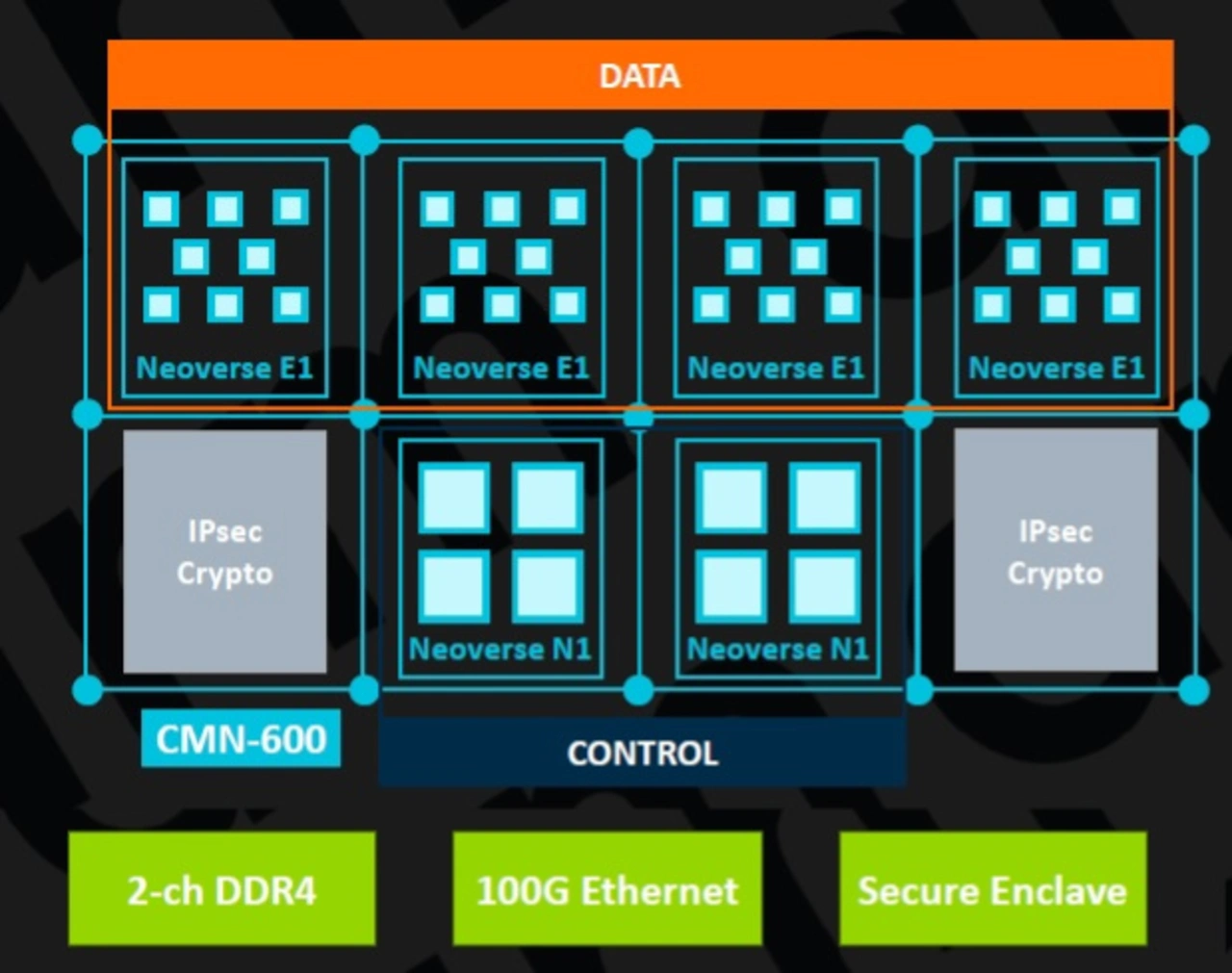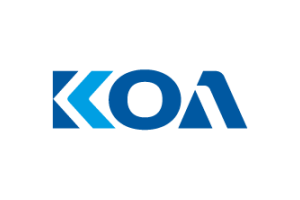Arm TechDays 2019
For Cloud and Infrastructure: This is Arms Neoverse Universe
Fortsetzung des Artikels von Teil 2
Neoverse Reference Designs

In total, Arm offers three reference designs with the introduction of the new CPUs: a Neoverse N1 "Hyperscale Reference Design" for highest computing performance in server and cloud applications, a Neoverse N1 "Edge Reference Design" for compute-intensive workloads in the edgle cloud, network, storage and security applications.
Reference designs include system architecture, benchmark and workload analysis tools, a guide to implementing IP in TSMC's 7nm process, and a software board support package. Arm promises to boot Linux on Neoverse N1 and E1 platforms in a day.
I want to start with the "smallest" reference design, the Neoverse E1 reference design for data transport e.g. in small 5G cells (Fig. 7).
It should come as no surprise that the demand for small mobile radio cells is increasing. Finally, small cells provide a cost-effective solution for closing data capacity gaps and preparing networks for 5G without having to build more expensive macro sites.
Small cells are relatively inexpensive and easy to install low-power radio access nodes with a typical range of 10 to several hundred meters. We need small cells because we are consuming more and more content (e.g. upcoming 8K video and virtual/augmented reality) on a constantly growing number of devices. Cellular and wireless networks are already feeling the impact of all this data, and the problem will become even more acute in the coming years with the growth of the Internet of Things (IoT). IDC analysts predict that there will be an estimated 28 billion connected IoT devices by 2020. Small cells provide a viable solution, especially for indoor applications, where most of the data usage takes place.
An important trend for small cells is Power-over-Ethernet (PoE), or the process of using Ethernet cabling as a backhaul. This approach reduces both installation costs for operators and the total cost of the solution: while today's smartphones are theoretically capable of downloading data at high speeds, a simple test shows that they typically do not reach these top speeds due to their distance from the base station. Small cells bring the base station closer to the user, increasing throughput. Network operators want to use the next generation of small cells in the metro cell indoors. And they want to use them with PoE, which offers a simpler, faster, and more cost-effective way to power small cells than laying another power line. Another trend is the high data rate and energy consumption requirements for indoor and outdoor networks. These requirements will become even more critical as IoT devices and new applications that explode data and strain existing network infrastructure and telephone data capacity become more common. One way to close the capacity gap is to use a combination of small indoor cells (1 Gbit/s peak downstream) and massive outdoor MIMO (1 Gbit/s peak downstream) to ensure high spectral efficiency and improved coverage for cell edge users.
Neoverse E1 Reference Design for Small 5G Mobile Cells
The reference design is based on Arms Server Base System Architecture (SBSA). It uses a CMN-600 switching matrix to connect two clusters of 8 neoverse E1 CPUs each, one dedicated to data transport and one to control. Since almost 30% of the clock cycles in such an application are used for encrypting/decrypting the data, Arm optionally suggests connecting an appropriate hardware accelerator via the ACP port, which could process the middle block at the top or the right block at the bottom in Figure 7.
Two channels are to be used to connect 72-bit DDR4-3200 memory to the reference design, in addition to the standard platform interface with Arms Trustes firmware and a 25G Ethernet interface. Thanks to the high energy efficiency (2.4x higher than the Cortex-A53 in a comparable application) the design is also suitable for Power-over-Ethernet environments. Specifically, the CPU clusters consume less than 4W (at a SPECInt_rate2006 benchmark of 153), the whole SoC less than 15W.
On the software side, Arm proposes the use of Linux, the Data Plane Development Kit (DPDK, a set of data plane libraries and network interface controller drivers for fast packet processing currently managed as an open source project under the Linux Foundation), and OpenSSL. OpenSSL is free software for Transport Layer Security, originally Secure Sockets Layer (SSL). It includes implementations of the network protocols and various encryptions as well as the openssl command line program for requesting, creating and managing certificates. The basic library, which is written in C, provides general cryptographic functions for encryption and decryption as well as various other tools.

Arm sees a second major application for E1 CPUs in 100G routers and data packet processing. In a 3x5 mesh network, 32 neoverse E1 CPUs for data processing (4 clusters of 8 CPUs each), 8 neoverse N1 CPUs for computing-intensive control tasks (2 clusters of 4 CPUs each) and hardware accelerators, e.g. for IPSec workloads, are to interact in a total of 8 clusters (Fig. 8). IPsec (short for Internet Protocol Security) is a protocol suite designed to enable secure communication over potentially insecure IP networks such as the Internet. IPsec works directly on the Internet Layer of the DoD model and is a further development of the IP protocols. The goal is to provide encryption-based security at the network level. IPsec offers this possibility by the connectionless integrity as well as the access control and authentication of the data. In addition, IPsec ensures the confidentiality and authenticity of the packet sequence through encryption.
- For Cloud and Infrastructure: This is Arms Neoverse Universe
- The Neoverse-E1-CPU
- Neoverse Reference Designs
- Neoverse-N1 Hyperscale-Reference Design
- Neoverse Development Board
- Conclusion








